It's impossible with tkinter alone.
Sure, tkinter provides some options like an icon, a title, a child-toplevel, a tool window, etc, but don't be fooled by these options!
While he has an interface to communicate with window manager, he's mainly a tool for the client area of the window, and window managment/decoration isn't his purpose.
Operating with the Aero stuff is more complicated thing, than a trivial window styling, and it handled by the DWM, which can be controlled via the DWM composition API(1, 2).
For all that interaction we need the ctypes library (comes with python) and a set of the WinAPI functions:
- DwmIsCompositionEnabled - to check if the Aero is enabled (system-wide).
- DwmSetWindowAttribute - to specify (enable/disable) the non-client area rendering policy (and therefore revert to the Basic/Aero frame).
- GetParent - to get a hwnd of the owner window, because we're trying to make changes in the non-client area.
Try to run this piece of code:
import ctypes as ct
import tkinter as tk
class App(tk.Tk):
is_composition_enabled = ct.windll.dwmapi.DwmIsCompositionEnabled
set_window_attribute = ct.windll.dwmapi.DwmSetWindowAttribute
get_parent = ct.windll.user32.GetParent
def __init__(self, *args, **kwargs):
super().__init__(*args, **kwargs)
self.state = True
self.minsize(width=250, height=100)
self.frame = tk.Frame(self)
self.frame.pack(expand=True, fill='both')
self.status_label = tk.Label(self.frame)
self.status_label.pack(expand=True, fill='both')
self.populate_status_label()
self.toggle_button = tk.Button(self.frame, text='Toggle glass', command=self.toggle_glass)
self.toggle_button.pack(fill='x')
def populate_status_label(self):
status = 'en' if self.state else 'dis'
self.status_label.configure(text='Glass border %sabled!' % status)
def toggle_glass(self):
response = self.handle_glass()
if response:
self.state = not self.state
self.populate_status_label()
else:
print('Something bad happened!')
def handle_glass(self):
try:
composition_enabled = ct.c_bool()
response = not bool(self.is_composition_enabled(ct.byref(composition_enabled)))
if response and composition_enabled.value:
hwnd = self.get_parent(self.winfo_id())
switch_to_disable, switch_to_enable, rendering_policy = 1, 2, 2
dwma_ncrendering_switch = ct.c_int(switch_to_disable if self.state else switch_to_enable)
return not bool(self.set_window_attribute(hwnd, rendering_policy, ct.byref(dwma_ncrendering_switch),
ct.sizeof(dwma_ncrendering_switch)))
except AttributeError:
return False
app = App()
app.mainloop()
As a result, you should get something similar to this:

However, if your goal is to only disable a border transparency, while maintaining a same aero-like style, there's not much you can do about it.

